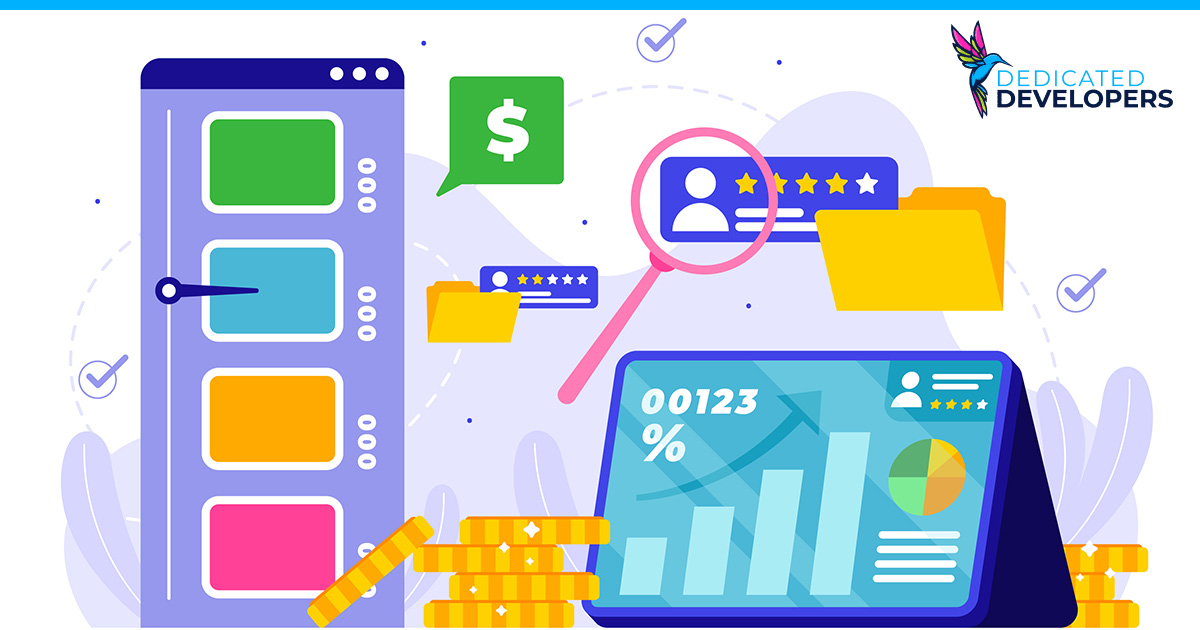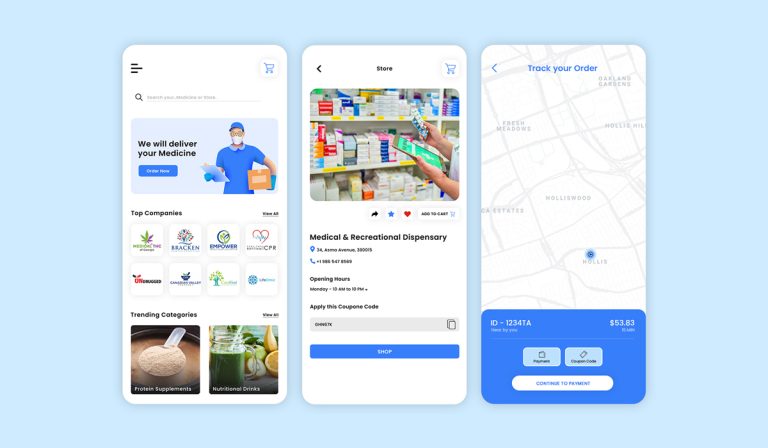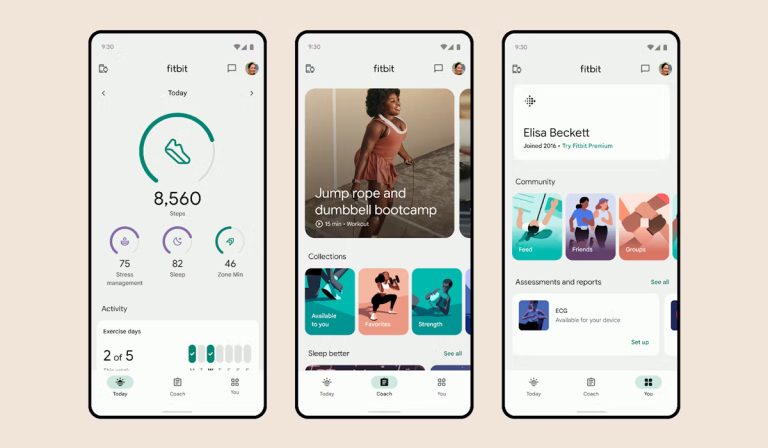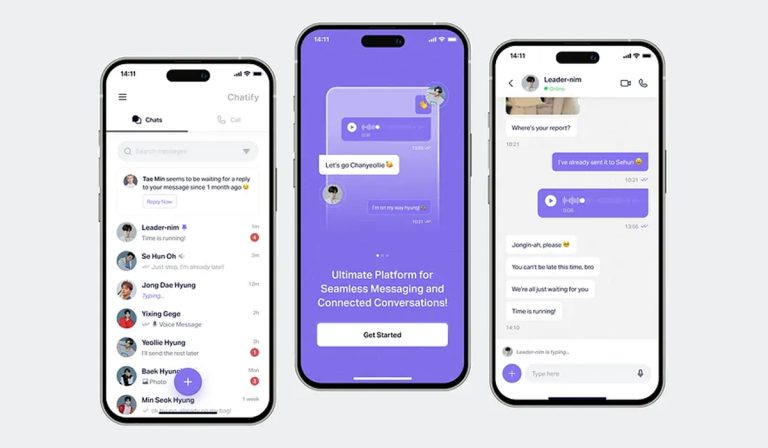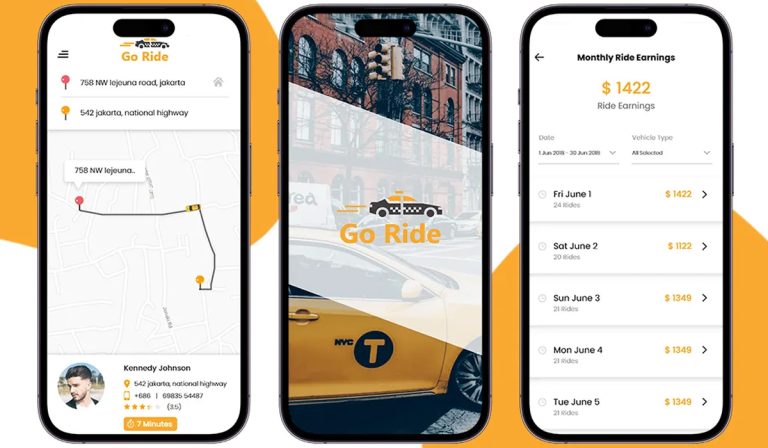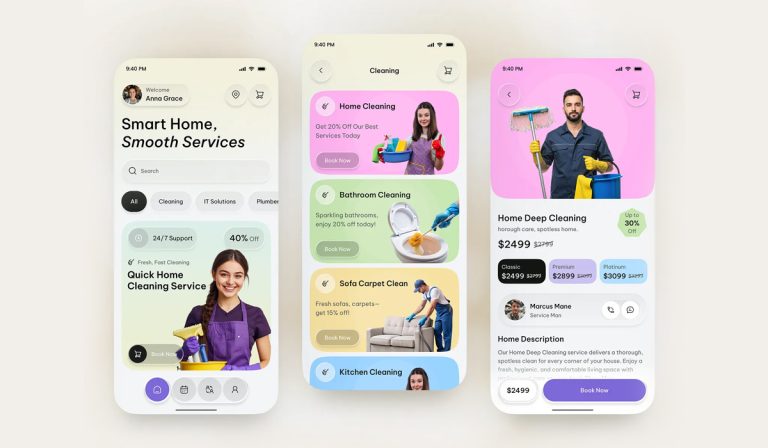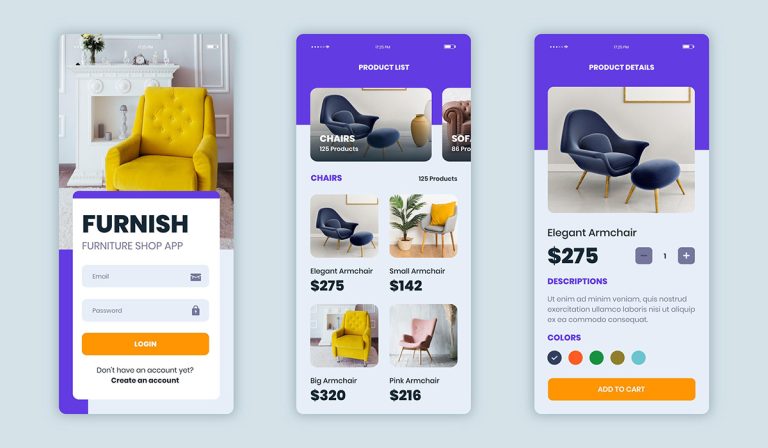User Acquisition Costs in 2025: Achieve Sub-$3 CAC for Mobile Apps
The numbers don’t lie: most apps spend between $10-30 to acquire a single user in 2025. That math is brutal. At $20 per user, you’ll burn through $100,000 just to get 5,000 people to try your app.
But here’s what most developers won’t tell you: those costs are artificially high because most apps are doing user acquisition completely wrong. After nearly 2 decades in the space, launching over 300 apps, driving over 4 million downloads for a single client (at under $3 per user), we’ve learned that the secret isn’t spending more – it’s spending smarter.
The Real Problem with App Marketing
Here’s a story we see all too often: A founder launches their app, excitedly watching their download numbers… and nothing happens. Panic sets in. They start throwing money at Facebook ads, Google ads, influencer marketing – basically anything that promises quick downloads. Three months and $50,000 later, they have a few thousand users who don’t stick around and a rapidly depleting bank account.
We know this story intimately because we’ve rescued dozens of apps from this exact scenario. The problem isn’t the app, and it’s not even the marketing budget. The problem is treating user acquisition as a post-launch activity instead of building it into the app’s DNA from day one.
The Hidden Economics of User Acquisition
Let’s talk about what actually drives user acquisition costs. Most marketing guides focus on bid strategies and ad creative. That’s like trying to win a race by painting racing stripes on a broken car. The real factors that determine your user acquisition costs are baked into your app long before you spend your first marketing dollar.
Take our messaging app client who hit 4 million downloads. Their initial marketing plan looked exactly like everyone else’s – throw money at ads and pray. Their projected customer acquisition cost was $15 per user. Instead, we rebuilt their onboarding flow, integrated viral loops into core features, and optimized their App Store presence before spending a single dollar on ads. The result? $2.80 per user at scale.
The Three Pillars of Sub-$3 User Acquisition
First, let’s be clear: getting your user acquisition cost under $3 isn’t about finding some magical marketing channel or growth hack. It’s about fundamentally changing how your app attracts and retains users.
The foundation starts with what we call “inherent virality.” Most apps treat viral features as add-ons: share buttons, invite systems, referral programs. But true virality is built into the core experience. When we rebuilt that messaging app’s onboarding, we didn’t add viral features – we made the entire app naturally viral. Users had to invite friends to unlock the app’s full value. It wasn’t a growth hack; it was the product itself.
The second pillar is what we call “retention-first acquisition.” Here’s an uncomfortable truth: your user acquisition cost isn’t just about getting downloads – it’s about keeping users. An app with 40% day-30 retention can spend three times more on acquisition than an app with 10% retention and still be more profitable. Before we spend a dollar on marketing, we optimize for retention. That messaging app? Their retention was 4x industry average before we started scaling user acquisition.
The third pillar is algorithmic optimization. Most apps run some ads, check the results, and adjust manually. We built an optimization engine that tracks 147 different variables across user behavior, acquisition channels, and engagement patterns. It automatically adjusts not just ad spend, but also the app experience itself based on real-time user data. When acquisition costs start rising in one channel, the system automatically shifts spend before a human would even notice the trend.
The Reality of Implementation
This sounds great in theory, but how does it work in practice? Let’s look at a real example from last quarter. A social platform came to us spending $22 per user. Their app was solid, their ads were professional, and their targeting was decent. But they were still burning cash. We spent the first month rebuilding their acquisition foundation. This meant:
The entire first month focused on the pre-acquisition phase. No ads, no marketing campaigns, just foundational work. The client was nervous – they were used to seeing daily download numbers. But by month two, their organic acquisition had already increased 300%. By month three, their paid acquisition cost had dropped to $4.20 per user. Today, they’re averaging $2.75 per user at scale.
Why Most Apps Can’t Copy This
Here’s the hard truth: most development teams can’t replicate these results because they’re trying to bolt marketing onto technical development. Our acquisition costs are low because our ASO team works directly with our developers. When our ASO experts spot a trend in user behavior, they don’t file a ticket and wait – they walk over to the development team and make changes in real-time.
This integration is why we consistently hit sub-$3 CAC while others struggle to get under $15. It’s not about working harder or spending more – it’s about breaking down the wall between development and marketing that kills most apps’ efficiency.
Your Path to Sub-$3 CAC
If you’re building a new app, you have a massive advantage – you can build these principles in from day one. If you have an existing app, the path is longer but still achievable. Either way, the key is understanding that low acquisition costs aren’t achieved through marketing tactics – they’re engineered into your app’s foundation.
Want to see exactly how we build viral growth into app architecture? Book a free “Idea to App” Strategy Session and we’ll show you the exact blueprint we used to drive 4 million downloads at under $3 per user.
Remember: The best time to optimize your user acquisition cost was during development. The second best time is now.

